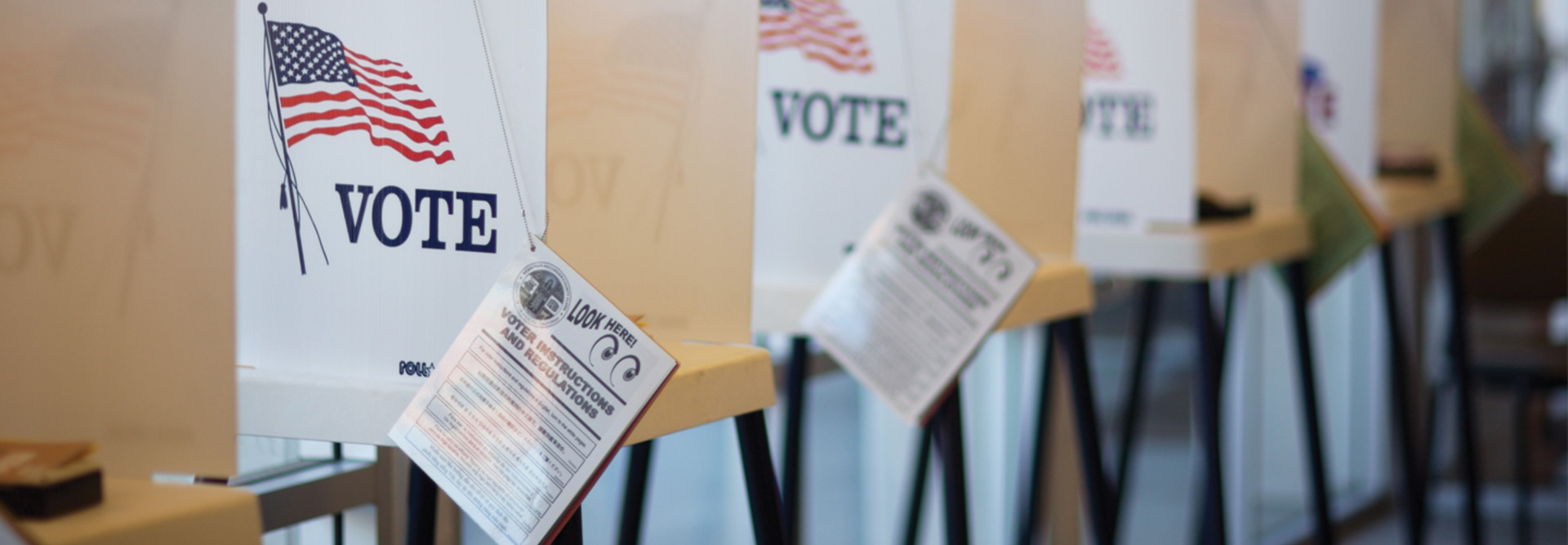Election Security Funding Is Simply a Starting Point
In 2020, the CARES Act allocated $400 million for election administration. Despite this, spending on election administration remains among the lowest in the nation, similar to the amount spent to run parking facilities, according to a report by the Massachusetts Institute of Technology Election Data and Science Lab and the American Enterprise Institute.
Prior to 2020, election officials made significant progress closing the biggest cybersecurity gaps. This included replacing voting machines that lacked paper ballots, which are easier to hack undetected, and increasing post-election audits to ensure hackers didn’t manipulate vote counting. (There is no evidence Russian hackers changed votes in 2016, but they hacked into voter rolls in at least two states and probed many other election systems.)
Without consistent funding, however, election officials are unable to address critical cybersecurity vulnerabilities, upgrade voter registration databases and websites, upgrade local election management systems, execute election audits, and more.
EXPLORE: How can election officials combat misinformation?
How Is Congress Responding to Election Security Concerns?
Recently, 33 Democratic and independent U.S. senators urged President Joe Biden to include $5 billion in his fiscal year 2023 budget proposal for grants to state and local governments to improve election security. However, that request lacks Republican support.
The Bipartisan Policy Center has proposed an annual budget of $400 million for elections and election measures favored by Republicans and Democrats. Generally, both parties are interested in increasing overall election spending; by how much and how to allocate those funds remain points of contention.
The bottom line is simple: “When election officials don’t have sufficient funds to run elections, they have to make tough choices and the truth is those choices can adversely impact the accessibility and security of elections,” David Levine, an election integrity fellow at the German Marshall Fund’s Alliance for Securing Democracy, tells The Washington Post.
DIVE DEEPER: How does technology enhance election security and access?
Where Does Election Security Go from Here?
Election infrastructure is complex, with more than 10,000 jurisdictions managing elections. Standardization across states is crucial, but it is only achievable through consistent funding. Like all other forms of infrastructure, election infrastructure needs upfront investment and requires regular, ongoing maintenance.
According to the Election Infrastructure Initiative, there are “deep and accelerating needs” that fall under five major areas:
- Election administration and operations
- Antiquated voting machine replacement
- Statewide voter registration systems modernization
- Confirming the accuracy of results
- Cybersecurity improvements and maintenance
The EII estimates $50 billion over the next 10 years is enough to fully fund state and local election infrastructure, allowing for election modernization and enhanced physical security and cybersecurity. In the end, it is a small price to pay for maintaining free and fair elections.
RELATED: Explore why cybersecurity training is crucial for government workers.











